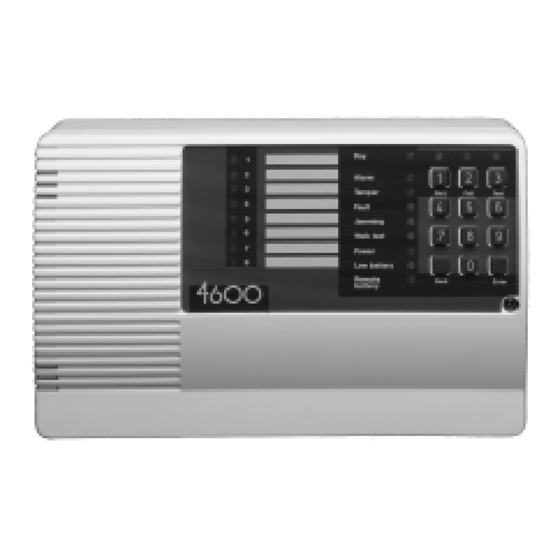
Advertisement
Installation and User Guide
Compatible Equipment
4601
Long range and short range pendant transmitters
4602
Hand held PA
4603
Programmable transmitter
4604
Contact transmitter
4605
Short range dual channel transmitter
4608
PIR
4609
Smoke detector
7150
Viper radio vibration detector (supplied by Weyrad Elec-
tronics).
4600
496368 Issue 1
1 of 12
Advertisement
Table of Contents













Need help?
Do you have a question about the 4601 and is the answer not in the manual?
Questions and answers